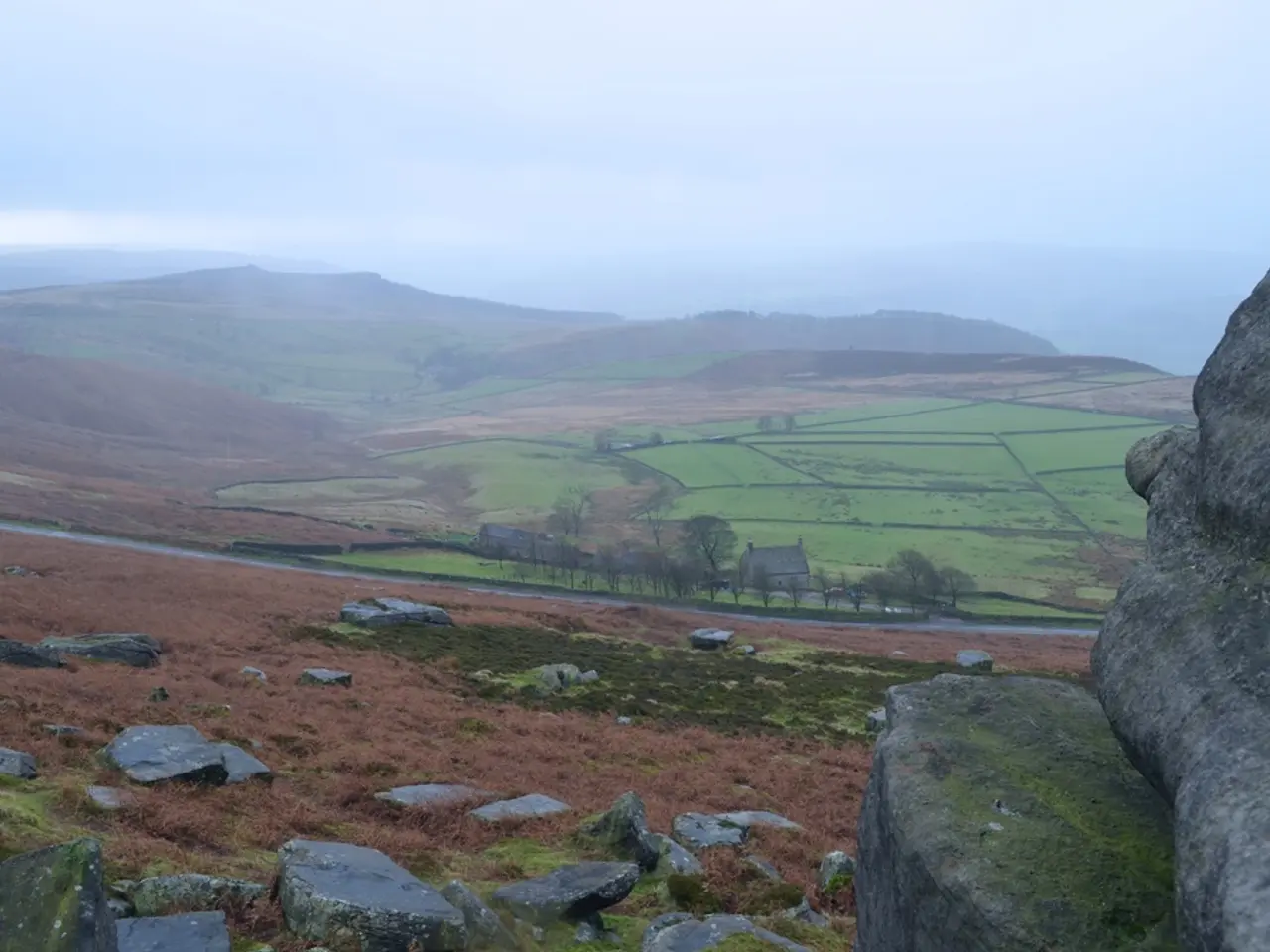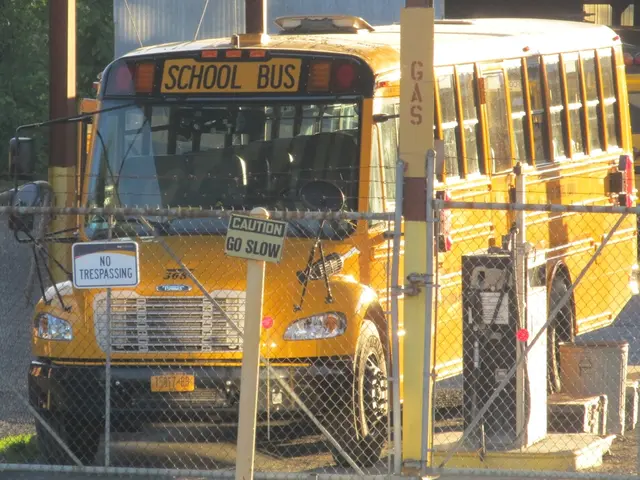Preserve nature thoughtfully and cautiously, not limiting it to Kamchatka alone.
This July, the Far Eastern Media Summit is set to take place at the Petropavlovsk Youth Palace, bringing together industry professionals and environmental enthusiasts to discuss the future of eco-education in Kamchatka.
The region's unique ecosystems and biodiversity make it an ideal candidate for eco-education initiatives. However, large-scale projects may not be as prevalent as one might expect. Instead, the focus is on harnessing the power of local initiatives and strategic media use to drive environmental education and conservation efforts.
## Local Initiatives Pave the Way
Incorporating Indigenous knowledge and philosophies into eco-education projects can significantly enhance their effectiveness. Scholars like Itelmen scholar Tatiana Degai have highlighted the potential for collaborative approaches that respect local traditions and heritage.
Community-based conservation initiatives are also crucial for sustainable outcomes. These can involve workshops, nature-based activities, and promoting environmental stewardship among locals. Such initiatives foster a sense of responsibility and ownership over natural resources, ensuring their long-term protection.
Programs like the Kamchatka Falcon Centre, which offers adapted tours for children with special needs, demonstrate the importance of making environmental education accessible and inclusive. This approach not only promotes environmental awareness but also supports social inclusion.
## Media Amplifies the Message
Media plays a vital role in raising awareness about environmental issues and the importance of eco-education. Platforms can be used to broadcast educational content, cover local conservation efforts, and highlight the achievements of community projects.
Utilizing digital media can expand the reach of eco-education, engaging a wider audience, including those who may not have access to traditional educational settings. Online courses, documentaries, and interactive programs can be powerful tools for educating the public about the importance of preserving Kamchatka's unique nature.
Storytelling and cultural sensitivity are key elements in media's role in eco-education. Media can help share the stories of local communities and their experiences with environmental conservation, fostering empathy and understanding, and encouraging more people to support eco-education initiatives.
## Collaborative Projects for a Greener Future
Potential projects include environmental film festivals, community newsletters, and social media campaigns. These initiatives can engage the community, inspire action, and keep the public informed about eco-education efforts and successes.
Alexander Moroz, director of LLC "Snowy Valley", has stated that tour operators are willing to assist authorities in solving regional ecological problems. The Media Summit in Kamchatka has revealed tools to promote the preservation of nature, emphasizing the importance of treating nature with care, not just in Kamchatka.
The event, which is supported by the Government of Kamchatka Krai, telecommunications operator T2, and the network of information agencies PrimaMedia, is organized by the Primorye branch of the Union of Journalists of Russia and the NGO "Fund for the Development of Social Initiatives". The Media Summit in Kamchatka, which has been held in the region since 2014, underscores the commitment to a greener future for Kamchatka and beyond.
Science has a significant role in climate-change discussions, particularly in environmental-science sectors, as the Far Eastern Media Summit will emphasize. Local initiatives, such as incorporating Indigenous knowledge and fostering community-based conservation, are essential for sustainable living and home-and-garden practices. Media platforms, especially digital ones, can amplify these messages, making eco-education accessible and inclusive, while storytelling and cultural sensitivity can foster empathy and support for these initiatives. Collaborative projects in areas like sustainable-living, such as environmental film festivals and community newsletters, can inspire action towards a greener future, as demonstrated by the ongoing Far Eastern Media Summit in Kamchatka.





